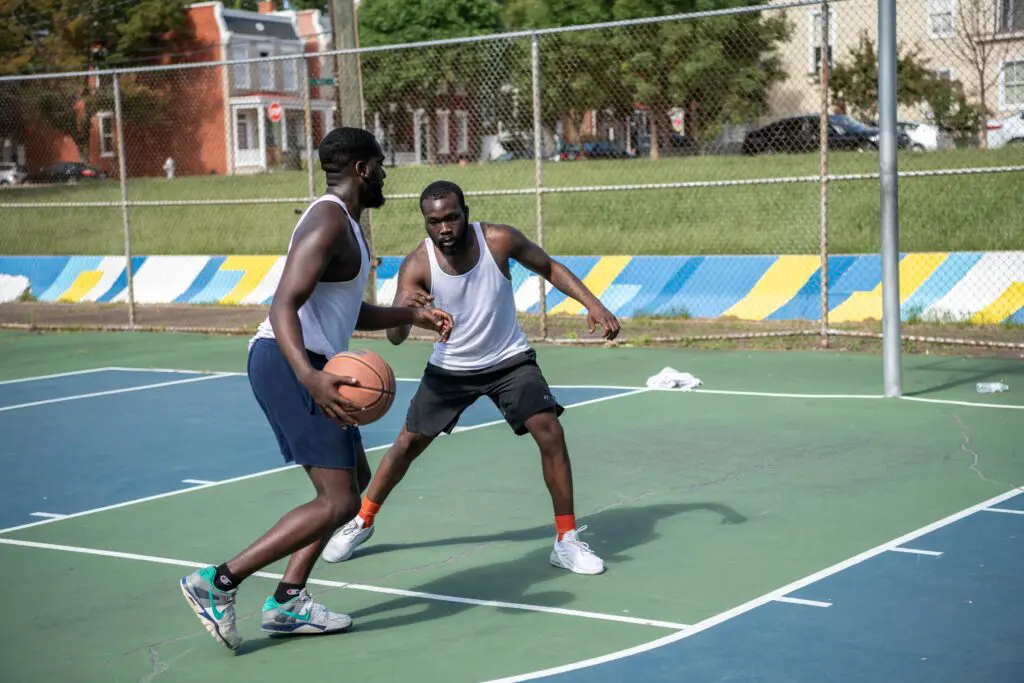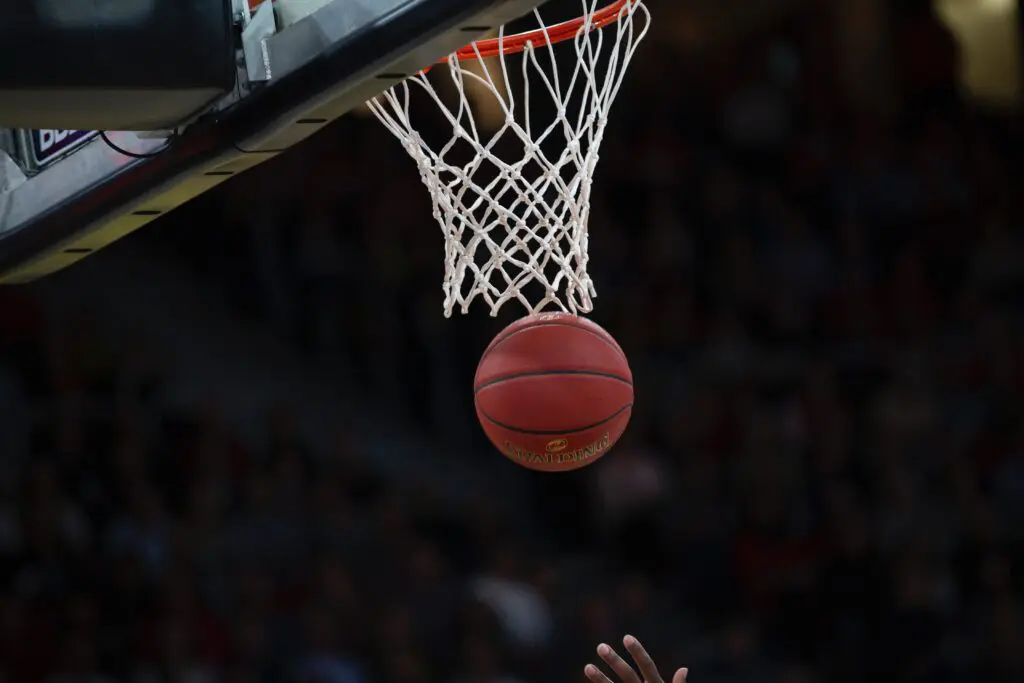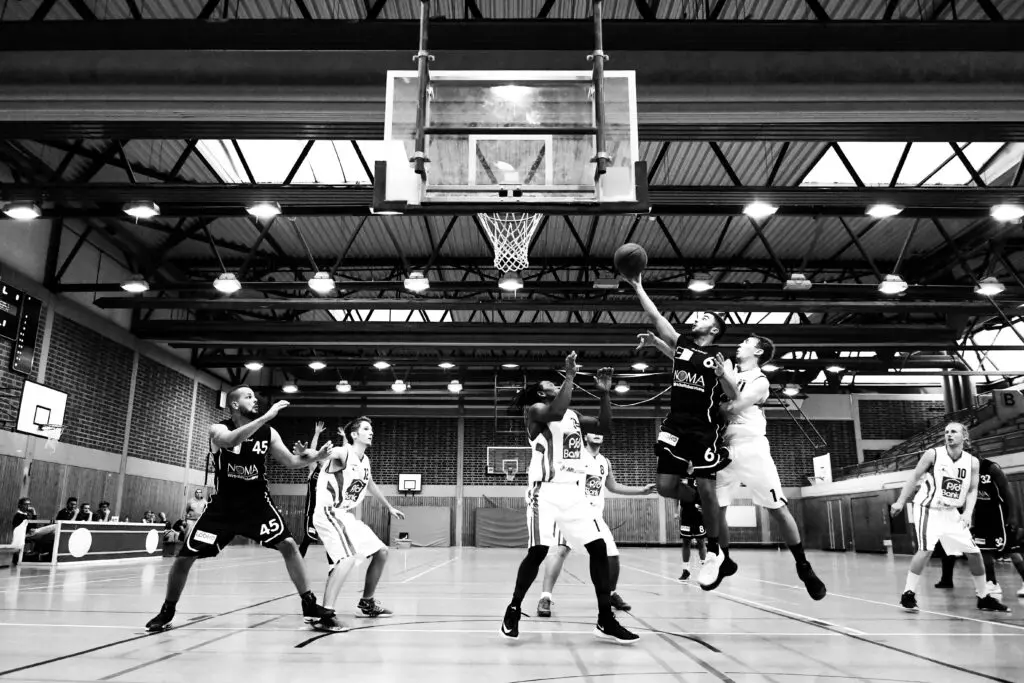Why Don’t NBA Teams Press?
As the old basketball adage goes, “defense wins championships”. And while there are a ton of different defensive maneuvers at the disposal of basketball and NBA players, picking and choosing one that best suits a team can be difficult.
But, perhaps, no defensive maneuver is as widely controversial as the full-court press. The full-court press is a relatively simple and easy defensive play yet one that is rarely seen utilized in the league.
Below, we are going to discuss just why NBA team’s don’t utilize the full-court press and discuss the real reason why the defensive maneuver is better suited for college and amateur levels of play.

What is a Press or Full-Court Press?
As mentioned above, the full-court press is one of the most useful and efficient defensive plays in a regulation basketball or NBA game. A defensive style of play, the full-court press consists of defensive pressure applied against an offensive team throughout the entire length of the court.
The full-court press is one that can begin either before or after the inbound pass is made. The pressure from a full-court press can be applied via a man-to-man situation, wherein one defensive player is assigned to one offensive player, or via a zone press, which utilizes a zone defense.
And while some full-court presses attempt to deny the inbound pass, most full-court presses simply look to apply pressure to the ball handler, in the hopes that they are unable to pass the backcourt or mid-court.
Contrary to a full-court press is the more widely used half-court press. Within a half-court press, the team on defense will allow the team on offense to move the basketball past the mid-court marker before applying fuller pressure.

History of the Full-Court Press
The full-court press was not widely used, nor considered as an effective defensive tactic, until the 1950’s. Widely credited to be invented by John McLendon, an American basketball coach and the first African American basketball coach at a predominantly white university.
McLendon, however, often does not receive credit for his defensive invention due to segregation, which only allowed African American basketball teams to play against other African American teams.
As such, the full-court press is sometimes credited to Gene Johnson, the head coach at Wichita University.
However, in the 1960’s, the full-court press became even more popular, with many high school and collegiate teams beginning to explore the defensive style and adapting it to their team’s style of play.

Is the Full-Court Press Effective?
Undoubtedly, the full-court press is one of the most effective defensive techniques at the disposal of basketball teams. Providing significant pressure on the offensive team from the onset, the full-court press forces the ball handler and the team with the basketball to adapt to consistent pressure through the basketball court.
In addition, the full-court press places a significant amount of pressure on the ball handler and on the offensive team. With this pressure, offensive teams are more likely to feel fatigued and to misstep while having possession of the basketball.
This fatigue and these missteps, quite often, can lead to a turnover of the ball, allowing the team on defense to resume an offensive-minded mentality.

What Are the Disadvantages of the Full-Court Press?
While the full-court press has many advantages, there are also a few fatal flaws in its design. For starters, the full-court press is a difficult defensive maneuver to maintain throughout prolonged periods of time.
Due to the need to play strong, one-on-one defense from the full-end of the court, many players on defense may find themselves tired, fatigued, and exhausted early into the game.
Similarly, a full-court press leaves a gap in the defense. One misstep or lapse in coverage can lead to an easy layup or open shot.
And lastly, the full-court press can be easily exploited by a superior ball handler. For a player who is able to breakdown the defense and sprint past the remaining players, the full-court press will be easy to work past.

So, Why Don’t More NBA Team Utilize the Full-Court Press?
The NBA consists of some of the best, most talented, most adept basketball players in the world. These players have played basketball for their entire lives and are often able to quickly identify and exploit opposing team’s defenses.
As such, the full-court press, particularly against an NBA point guard, will many times prove to be ineffective. As these players are able to quickly, and easily, dribble past their opposing defender, there will be a weakness in the defensive scheme.
Similarly, running the full-court press is, quite honestly, exhausting. With players having to play strong, aggressive defensive styles for the full length of the basketball court, many players will be worn out and tired after just a few plays.
And with NBA players playing 82-games in the season, with nearly half of those games being played on the road, the possibility of playing strong, aggressive, full-frontal defense day-in and day-out is simply not possible.
And lastly, NBA players are adept at finding and exploiting weaknesses in the defense. A full-court press has too many weaknesses and openings which may be exploited by the opposing team.
